Top 5 Kitchen Essentials for Home Cooks
We don't always think of food as being faddy. After all, everyone needs to eat. And while, fad diets are certainly a thing, kitchen essentials can't possibly come and go in fashion with quite the same rampant irregularity. Can they? Unfortunately, yes! Kitchen essentials gadgets go in and out of vogue just as often as anything else. And a lot of them are entirely unnecessary.
Culinary Fads & Kitchen Essentials
I'm constantly bombarded by friends and advertisements going, "You're a foodie? You need THIS!" And so much of the time? No, no I do not.
Kitchen essentials can be incredibly expensive to boot. With some appliances costing hundreds of dollars. But are any of these actually worth the cost?
I'm a professional cook by trade and an avid home cook. Hence the entire food blog compiled to document and be able to replicate my own recipes again in the future. So, what I consider "kitchen essentials" might not necessarily reflect what you personally will find most useful.
So, from one cook to another? These are the top 10 kitchen essentials that I absolutely wouldn't want to live without! And would bring with me on a dessert island. If that dessert island also had a magical tree or something that I could plug appliances into.
They also make for good gifts during the holiday season. Whether you're looking for something to get your foodie or just to splurge on yourself. There's a gift idea here at any price point.
I also have a sequel to this article: Top 5 Kitchen Essentials for Home Cooks, Part 2.
This Kitchen Essentials Article is NOT Sponsored
It's important to note that none of these kitchen essentials items are sponsored. I have not been paid or compensated in any way for this article and gain no monetary income from this blog at all. I don't like blogs that are filled with ads in a desperate attempt to make pennies on the dollar. If this blog ever gets popular enough to offset the cost of running it, I may change my mind one day. But, for now, this website is entirely for my own amusement and I hope to some of yours! So, there are no advertisements or sponsored posts. These are merely products that I both use and recommend immensely.
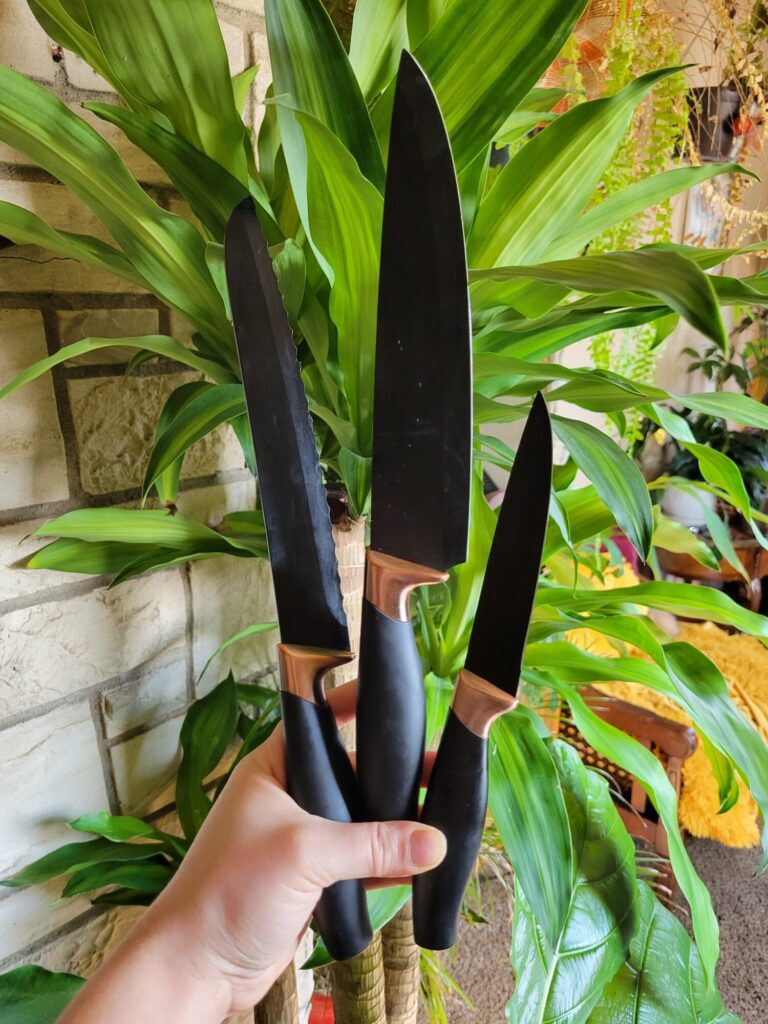
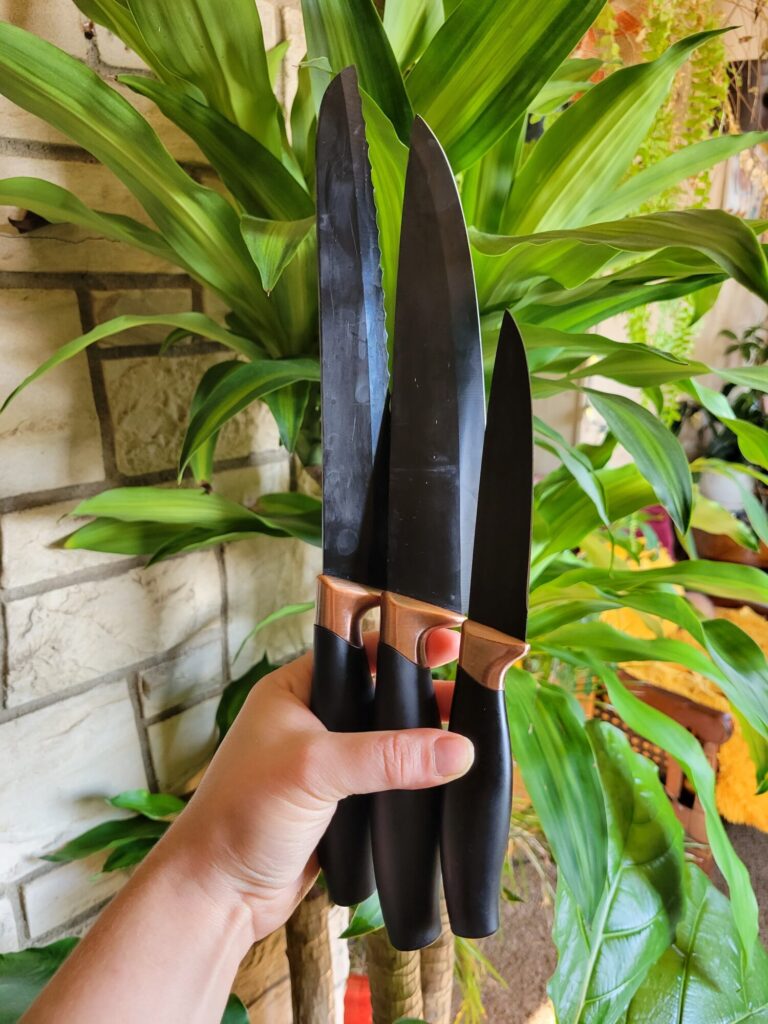
1. A Good Knife
The first thing on my list of kitchen essentials is obviously a good knife. I say this because it's a given. It's the first thing that a lot of us think of when even beginning to cook. But it is such a cliché because it is important. Get yourself a good knife. They don't have to be the best of the best, you don't have to buy an entire set, and you don't have to spend a fortune. But you need at least one knife that can actually be used to cut things!
I know some people who like to think of themselves as being clumsy and prefer duller knives because they're worried about cutting themselves. I hate to break it to you, but this is incorrect. More people cut themselves with a dull knife than a sharp one. With a sharp knife, the blade does the work for you. It cuts effortlessly just by being there. Now, this does mean that, if your fingers are in the way, they will indeed get sliced just as easily as that tomato. But, that's less likely to happen when you're putting less effort into cutting things!
Part of what makes a dull knife so dangerous is that you're hacking at the produce. When the blade doesn't cut smoothly, it doesn't slice effortlessly. You're stuck sawing away at it. And usually crushing the tomatoes in the process. This is both an inefficient way of preparation and a much more likely scenario where you're going to get your fingers in the way.
What to Buy
If you can afford it and want to show off your cooking prowess with ease, get yourself a phenomenally expensive knife set. These cost hundreds of dollars and oftentimes years for even professional cooks to acquire. There is nothing wrong with these, but they're the Mercedes Benz of cutlery. And there are plenty of less expensive, tried and true varieties that are going to do most people justice.
As far as less expensive knives go, I'm incredibly fond of ceramic knives. You can get an entire set for a fraction of the cost. The entirely ceramic ones tend to chip and break over time. You also can't use them for dramatic chopping of large or bulky items or cutting through bones. But they work remarkably well for being so inexpensive and are great alternative to spending a fortune on knives.
I also know people who give them to their kids when first teaching them how to cook. The blades, while incredibly good at slicing, are really quite dull. They'll go through a tomato with ease, but won't take off your finger if you look at them wrong. They also don't really ever need to be sharpened. At a certain point you will need to replace them and they're likely the fast-fashion version of the cutlery world. But this is not a high-priced investment piece and you will certainly get your money's worth.
At home I tend to use ceramic-coated knives. They have the same great feel of a ceramic knife, but they last significantly longer and can be sharpened without breaking. This does require more maintenance. Although not nearly as much as a Japanese blade that needs to be meticulously sharpened with a wet stone!
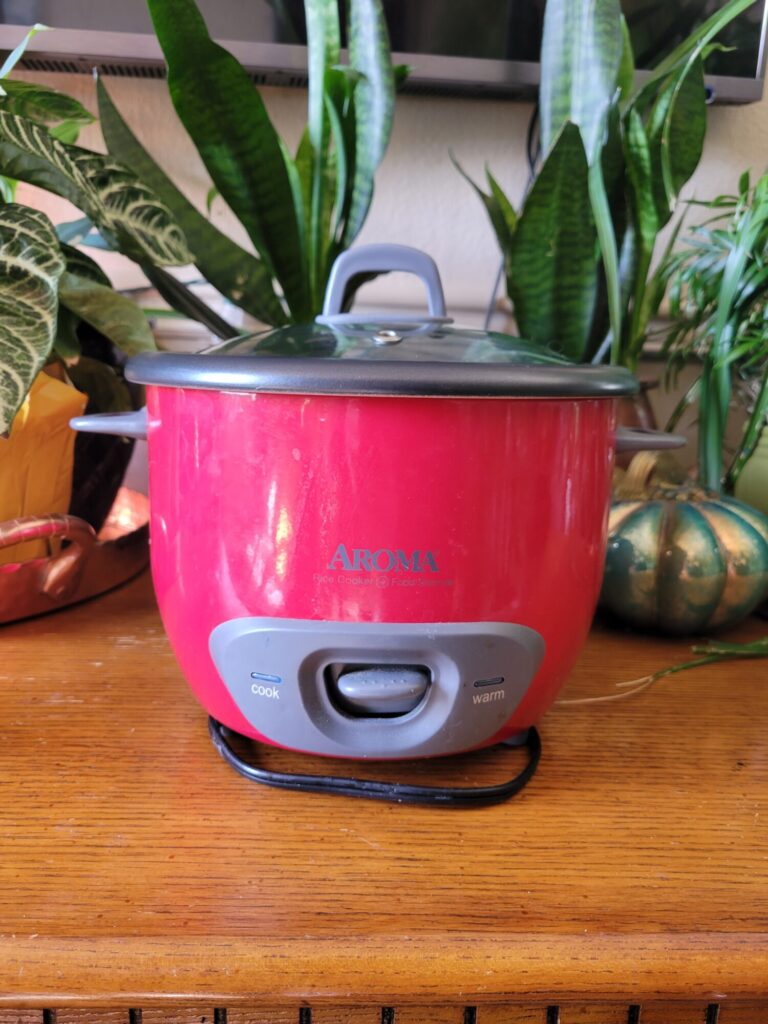
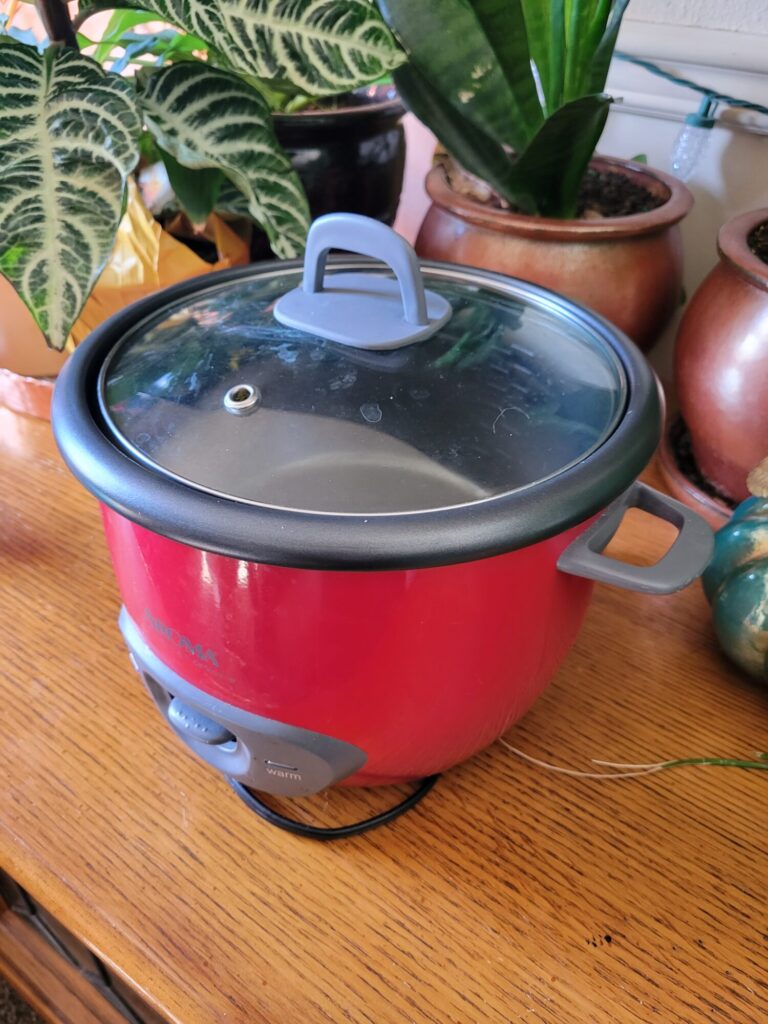
2. Rice Cooker
Second on my list of kitchen essentials that I don't know how to live without is a rice cooker. Funny enough, I almost never actually cook rice in it. But rice cookers are great at making everything from rice to quinoa, lentils, oatmeal, and pretty much any other legume that you can come up with. With the right ratio of water? The sky is the limit!
Rice cookers cook by determining the internal temperature. The temperature difference between water boiling and turning to steam automatically turns off the pot. So, as long as you have the correct water ratio, you'll end up with perfectly cooked whatever you put in it every time.
What to Buy
A rice cooker is one or the only Teflon things that I own. I tend to avoid Teflon like a cancer-causing plague that it is. But there are certain places where it's difficult to avoid. And rice cookers are certainly one of them.
You can make rice in a pot on the stove. But the amount of time and patience and effort not to burn it is more than I'm willing to give to the endeavor. Especially when it's so easy to toss everything into a rice cooker and call it a day.
One of the main things that you want to look for in a rice cooker is size. I have a 14 cup cooked, 7 cup uncooked rice cooker. They tend to range from 3-20 cups at the smaller and larger home range without too much of a price jump in between. So, my advice would be to get the size that works best for your household and size requirements.
Rice cookers tend to be relatively inexpensive at the $20-30 price point. And the only reason that I've replaced them is because the Teflon tends to scratch. This will both leach Teflon into your food and cause your rice to stick to the bottom of the pan while cooking and burn. This pretty much leaves the rice cooker useless because it won't cook evenly throughout and will be a very obvious and practical issue.
Although rice cookers will last with regular use for years as long as you don't use metal utensils on them or put them in the dishwasher. So, even with regular use, a well cared for rice cooker should last you several years and isn't too expensive to replace.
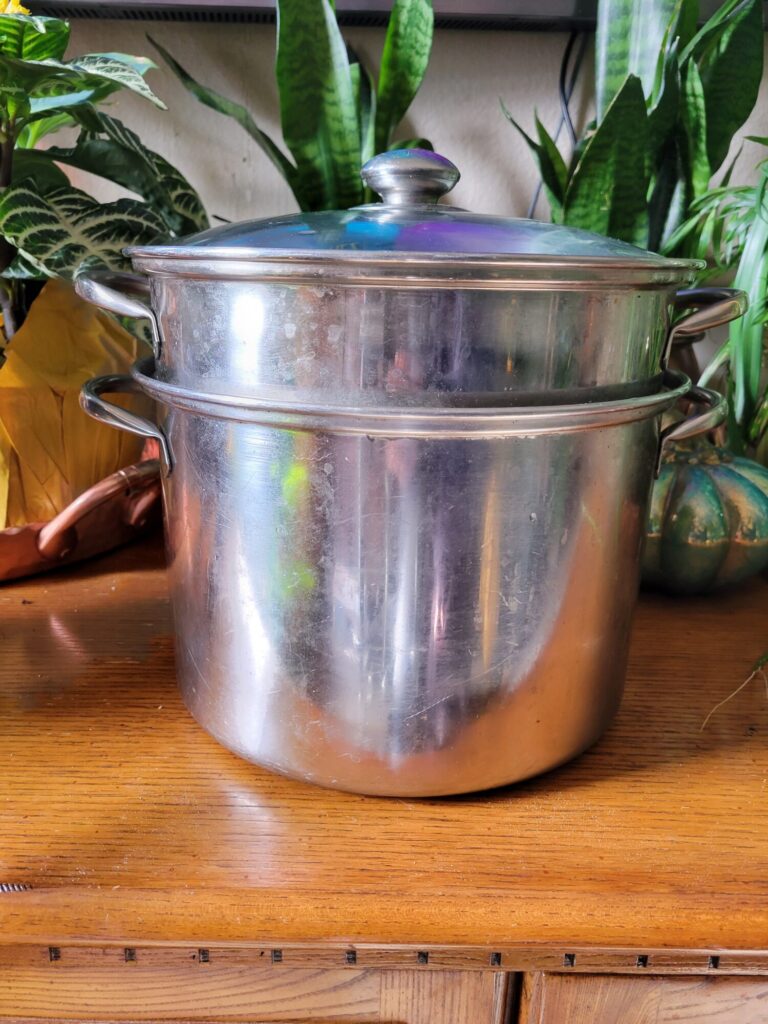
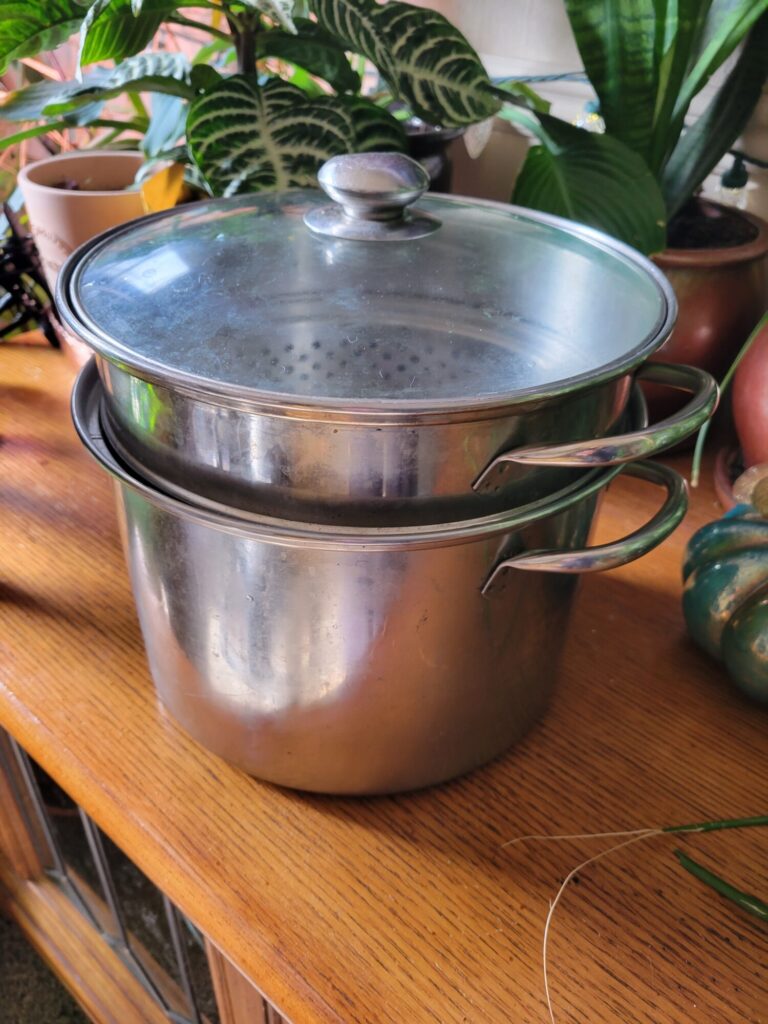
3. Large Pot
I have been carrying around this absolutely enormous stainless steel pot for ages. Not comically large, but probably 6 quarts. I couldn't tell you what brand it is or even how I ended up with it. There are no markings on it to indicate where it's from or how old it is or what size it actually is. Although I suspect that it has been in my life since the '90s... or early 2000s at the latest. And I absolutely don't remember buying or otherwise acquiring it! But I have been lugging around this full pot set for decades, now. And I cannot express how useful it's been.
I've made pounds of mashed potatoes. Fresh homemade pasta that boils over in inadequately sized pots. And I've even buried this pot in a fire pit to boil water in the woods.
A good steel pot is also virtually indestructible and dependable in a way that we could all probably use in our life. I've burned things to the bottom of this pot and charred the entire outside of it. A little bit of heat and a good scrub with steel wool? And it looks brand new every time.
What to Buy
Avoid your finicky pots and pans. Plenty of other materials tarnish easily and are difficult to clean. Teflon leaches chemicals the second that the surface is scratched and I don't like having things in my life that are ruined by a fork touching them. Copper is also incredibly finicky and needs to be constantly polished, regardless of whether you use it or not.
So, stick to the tried and true favorite when it comes to pots and just get a steel one that will last forever! They're not very expensive and available everywhere. Even second hand they're usually a good deal. Especially if the lid and steamer pot are included. I suspect that mine was second hand. I do not think that I bought mine, but acquired it somehow through the ether.
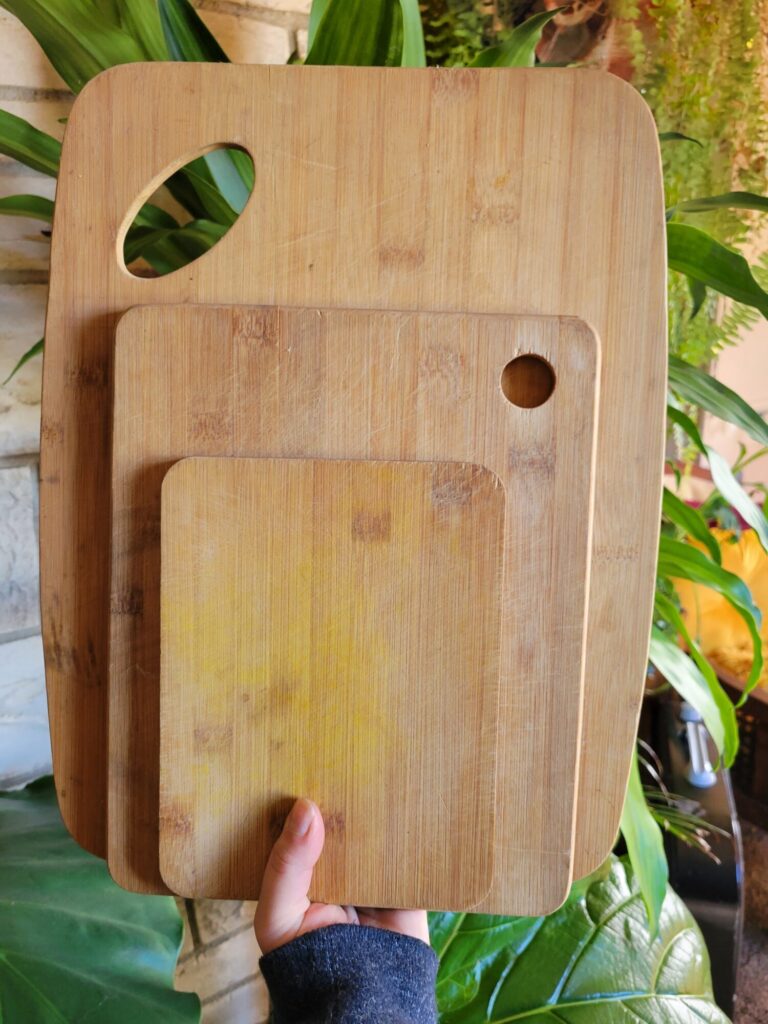
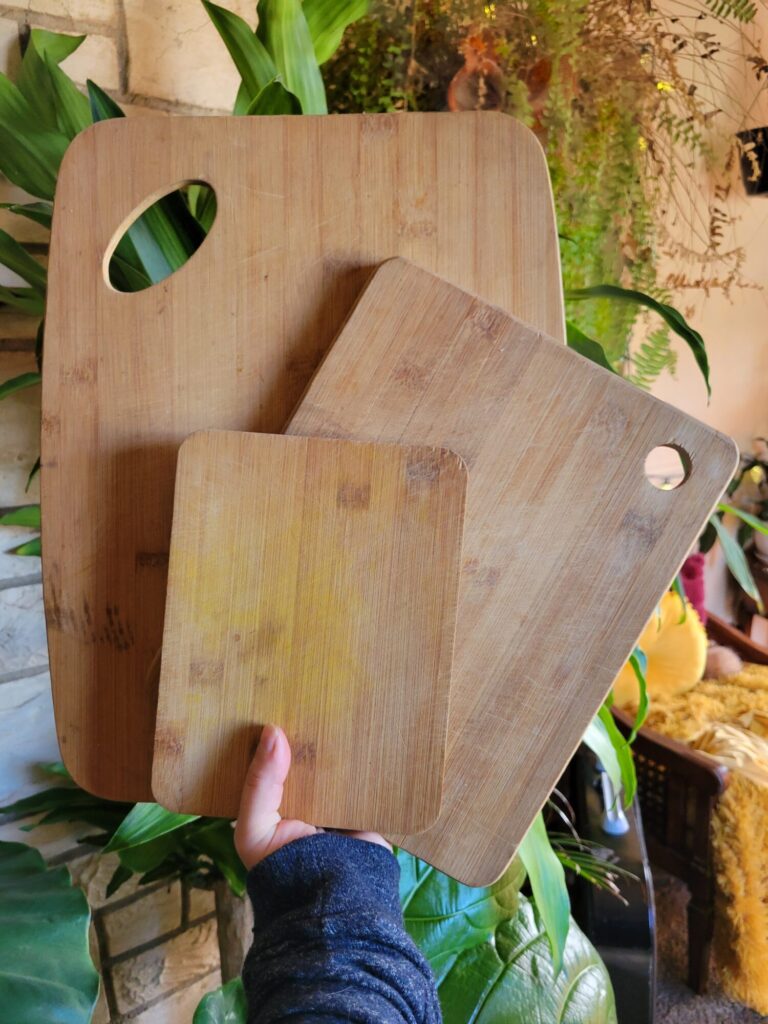
4. Bamboo Cutting Boards
Another thing that I am always amazed to find at my friends houses are a distinct lack of cutting boards. Or really old, subpart cutting boards.
Cutting boards are the lifeline to the culinary world. There are very few things that you can make without a knife or a cutting board. I have done this. It is possible. Mortar and pestles, molcajetes, and a particularly fun backpacking trip with a single bamboo spork and a "knife" because I don't remember taking luggage and you can't get on a plane with a pocket knife and that is what we ended up with!
Wherever you are and whatever you are doing culinary wise? You're likely going to need a cutting board, though. And not all cutting boards are created equal.
What to Buy
Bamboo and wood cutting boards range from incredibly reasonably priced to ridiculously expensive. No matter what your price point, there is absolutely a cutting board for you.
I have probably 7 or 8 of them at any given time. Usually I'll get the standard 3 pack of cheap bamboo ones that I will use every single day. I have the nice ones that I use for cheese boards and as cake stands. And I even have a couple of large ones that I use as extra countertops in a pinch.
Bamboo and wood cutting boards tend to go on sale and are quite reasonably priced at a number of discount stores. I usually spend less than $15 on a set of 3.
They will last longer if you dry them quickly and lie them flat while damp. That will cause them to warp less over time and last longer.
Although all cutting boards should be replaced eventually and you should have a separate cutting board for raw meat in order to avoid cross-contamination with fresh produce. Bacteria easily gets caught in the knife marks and grooves left in plastic cutting boards.
Plastic you can bleach. But, seriously, how many people are bleaching their cutting boards on a regular basis? Wood tends to be a harder material and "heals" slightly when wet. This causes the wood to swell into the grooves, creating less of a cavern.
Although all cutting boards should be replaced fairly regularly! So, you don't have to fret about buying the less expensive ones. Save the fancy cutting boards for presentation pieces and don't use sharp knives on them to prolong their lifespan. It also helps to always dry cutting boards flat. They're not plates. Don't put them in the dishwasher or leave them vertically to dry.
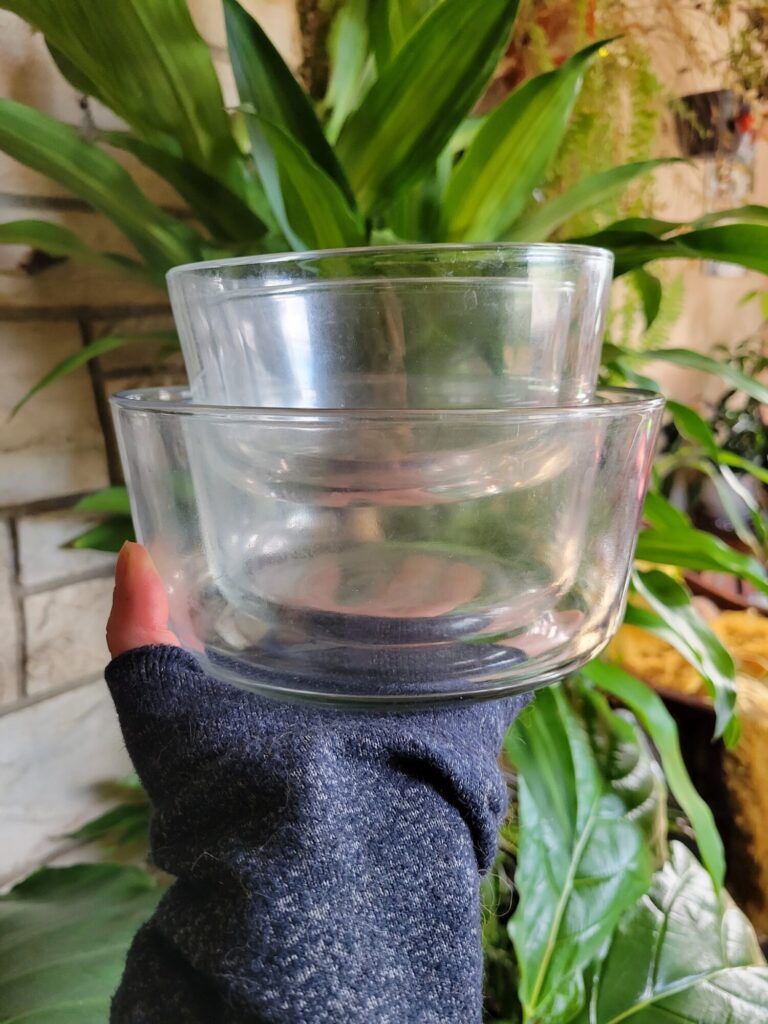
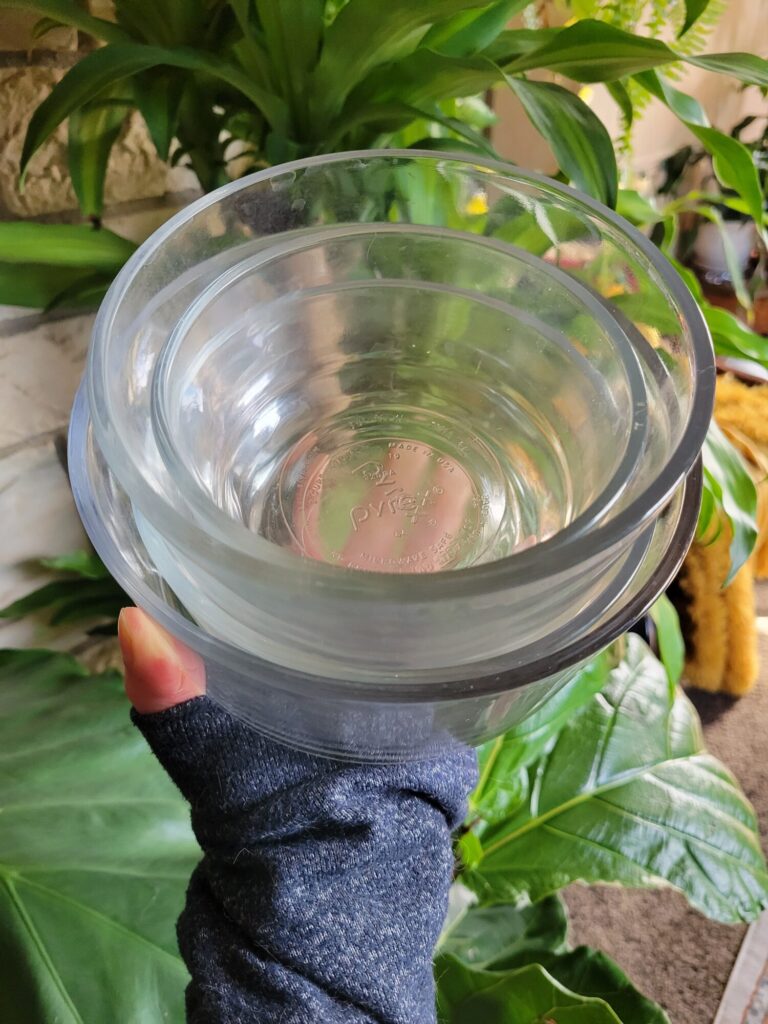
5. Glass Mixing Bowls w/ Lids
Storing food is absolutely essential. And there is no better way than glass mixing bowls with lids. I have round ones, square ones, oblong ones. You name it, I've got a mixing bowl for it!
The advantage of these all-in-one bowls is that you don't have to move food around. Some glass bowls are even oven safe. This means that you don't have to mix in one bowl, store it in another, put it in a different bowl to microwave, and yet another bowl to toss it in the freezer. It's far easier to just use a bowl that can go from cooking to storing to reheating to freezing to the dishwasher without ever having to change containers.
Plastic versions of mixing bowls tend to release chemicals and break down over time with use. When plastic scratches or cracks, bacteria builds up in those crevices. Even with metal bowls, you run the risk of scratching them with abrasive scrubbing. Ceramic works just as well in this regard. Although ceramic bowls tend not to have corresponding lids. Which definitely edges out most mixing bowls in the storage department.
A lot of people also re-use large store-bought containers. And, while that may work for glass pickles jars that may or may not always smell like pickles? It's not a good idea for plastic containers! Cottage cheese, yogurt, and any other plastic jar is designed as a single-use item. They're not heat safe. They'll begin to break down. And they'll leach chemicals into your food if you put them in the microwave, dishwasher, or just generally use them after their initially intended purpose. As much as this seemed like an innovative way to recycle your previously used containers? It's one of those dirty little habits that's actually potentially releasing toxins into your food.
What to Buy
Pyrex is the staple. There are certainly other brands and almost every kitchen essentials collection will have their own. But you can oftentimes find entire Pyrex sets on sale during the holidays or at overstock stores. They're virtually indestructible and I have probably 2-4 sets of them at any given time.
And I rather like being able to go from the oven to the refrigerator to the microwave to the dishwasher without batting an eye.
Just make sure that you don't adjust the temperature too rapidly (aka the oven to the fridge without cooling) because this can result in the glass shattering. Although that is the case with anything glass or ceramic. Even cast iron can crack and break under those circumstances.
I have these in actual bowls, round Tupperware-like containers, and rectangular ones. As well as square ones with snap lids from another brand. Although I do not recommend the lids that snap on with tabs. These don't lock as well. I can oftentimes get 3 out of the 4 sides to close. And then just give up. Although these will pressurize better and oftentimes have an air flap that you can release to make opening them easier.
Pyrex dishes tend to just have a plastic lid that comes off much easier than the tab varieties. This is both a good and a bad thing, though. Because, while it does make them easier to use? You're still not going to want to tip over a bowl of soup! Or lift them by the lid because the lid may come off and leave the rest of the dish behind. I have broken some doing precisely this. But that's entirely user error and I obviously don't recommend trying to pick up soup by the lid of the Pyrex bowl!
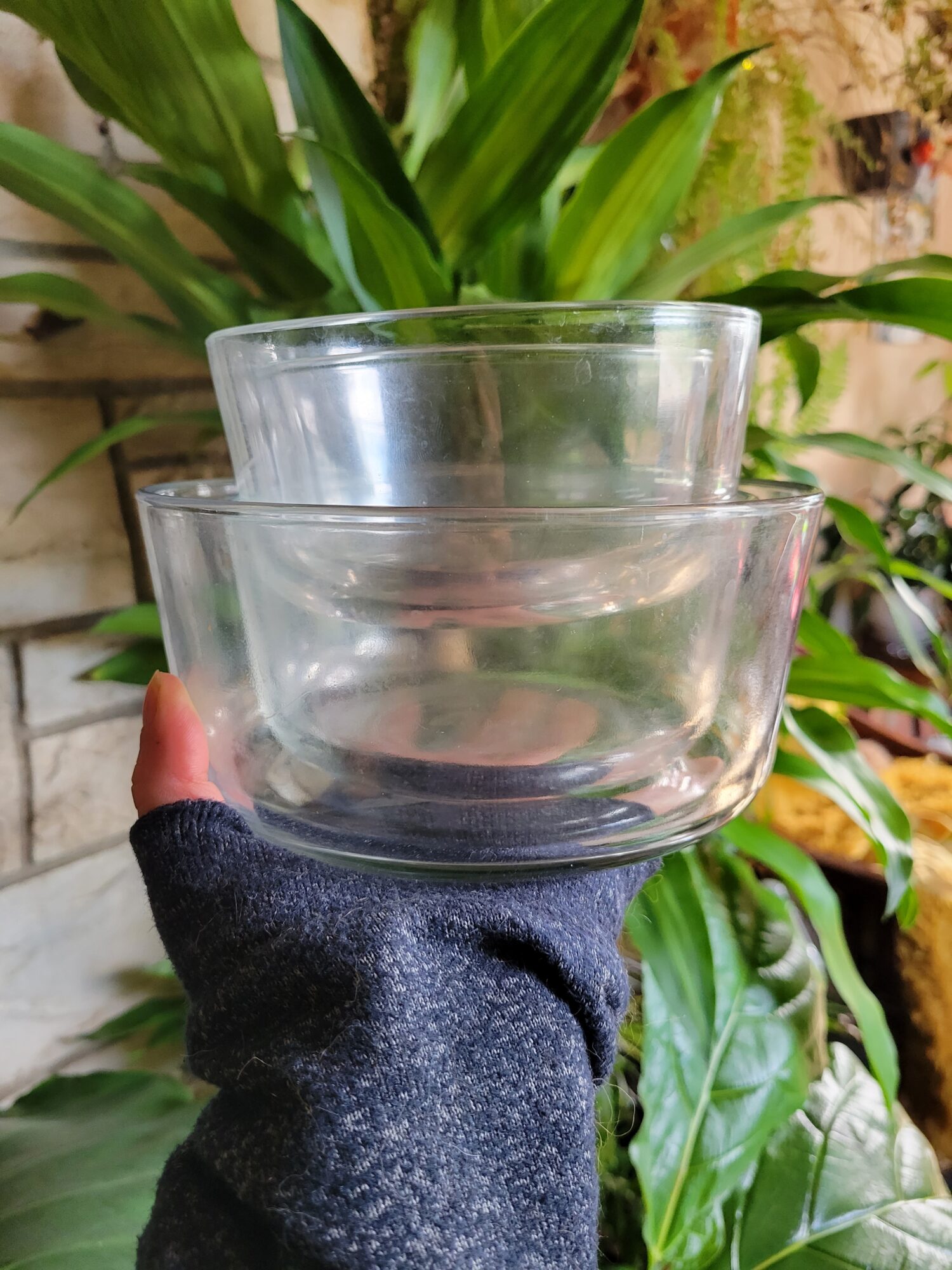
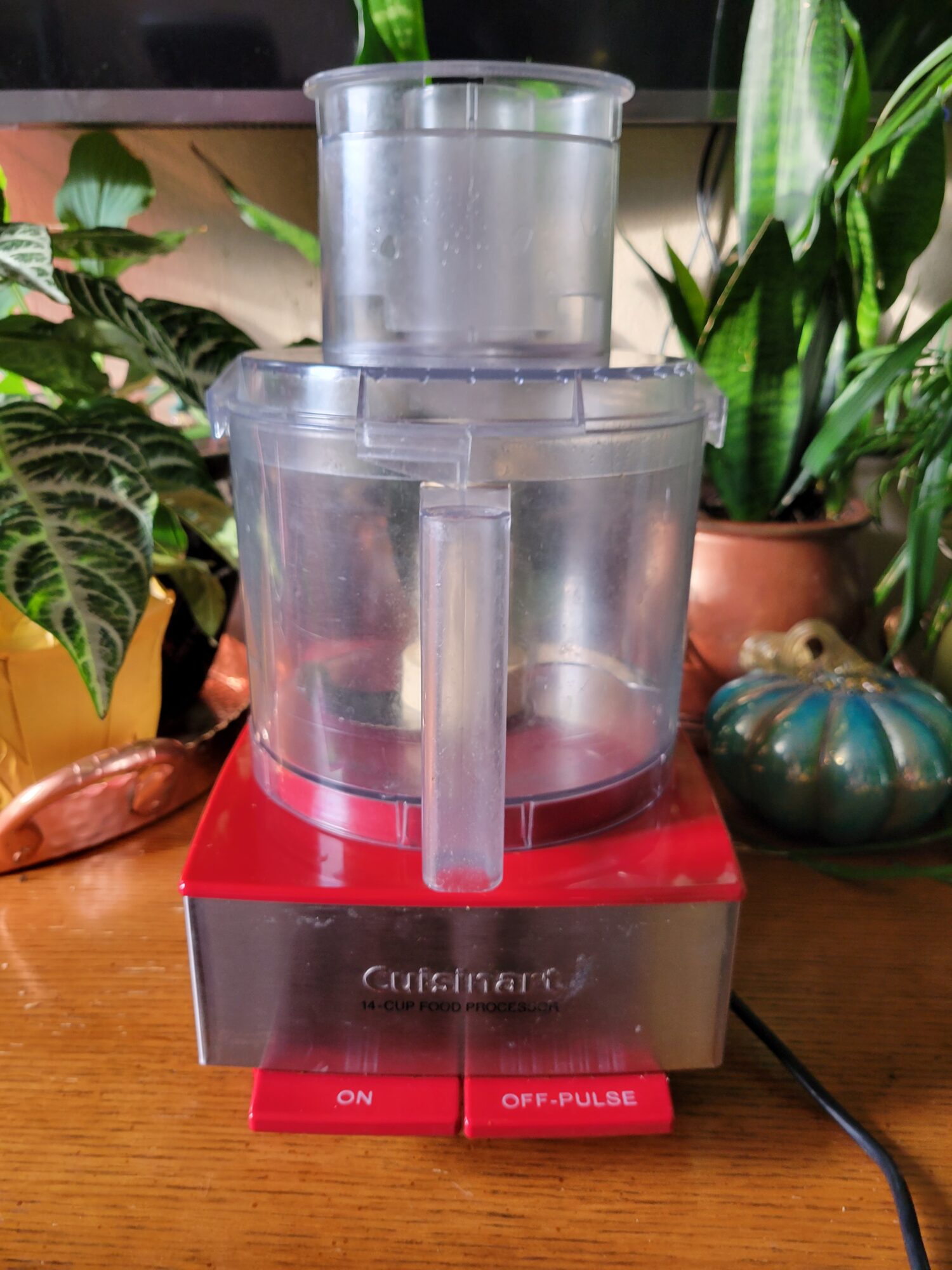
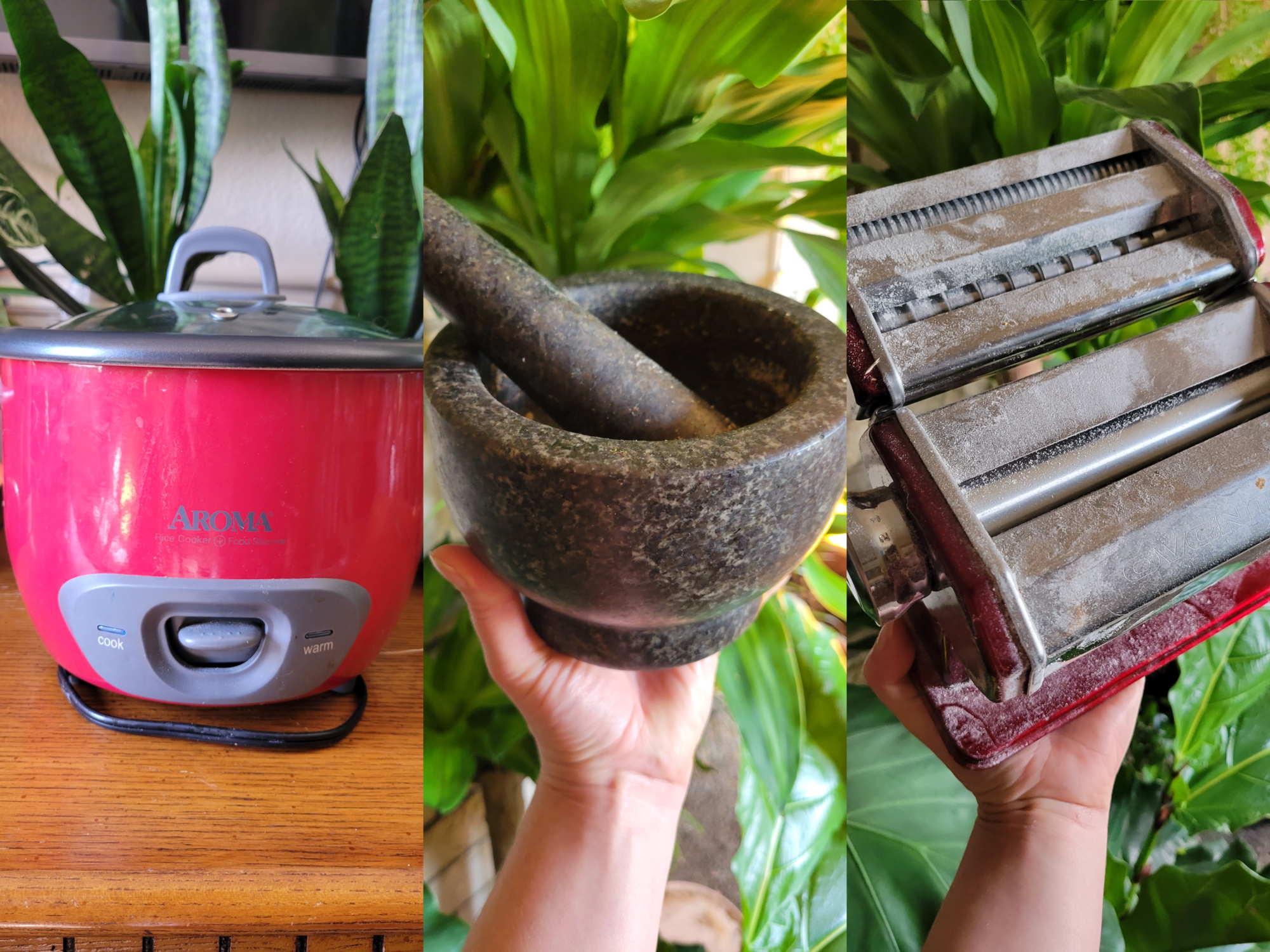
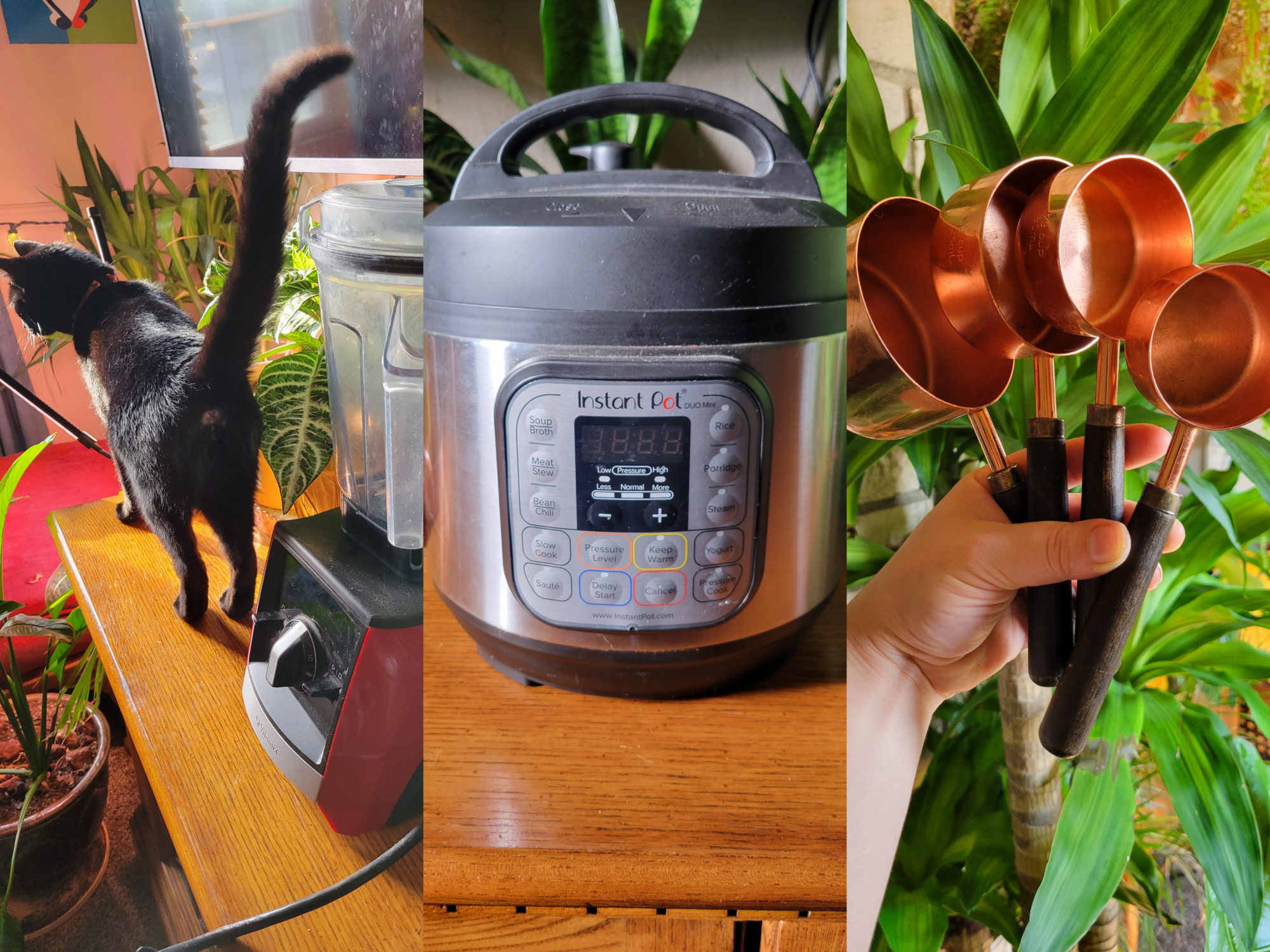
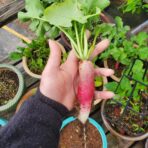
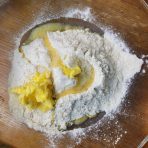

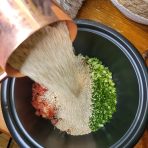
Leave a Reply